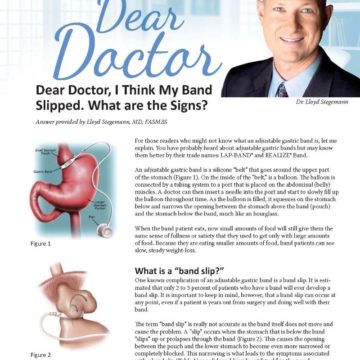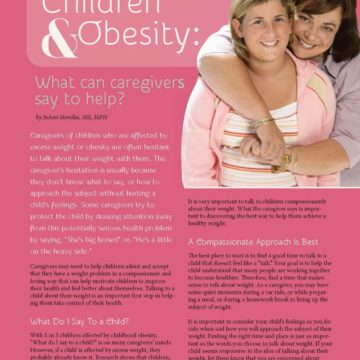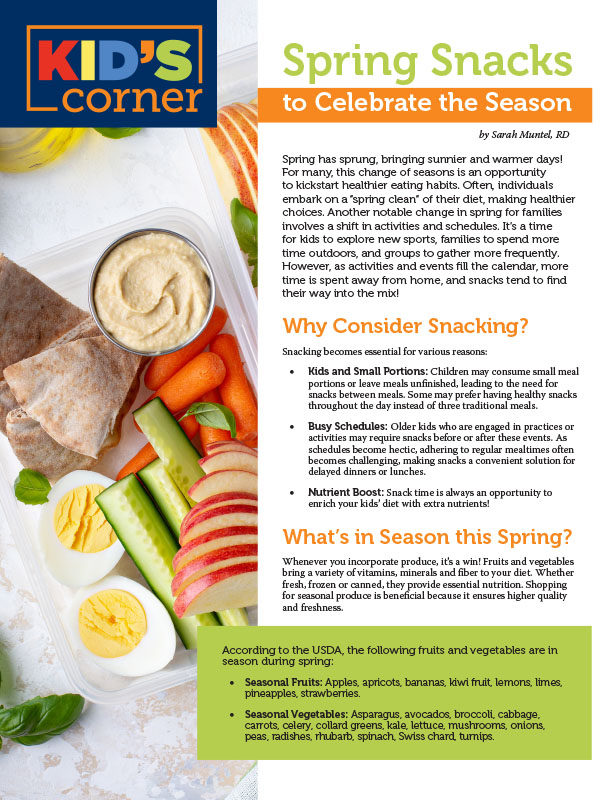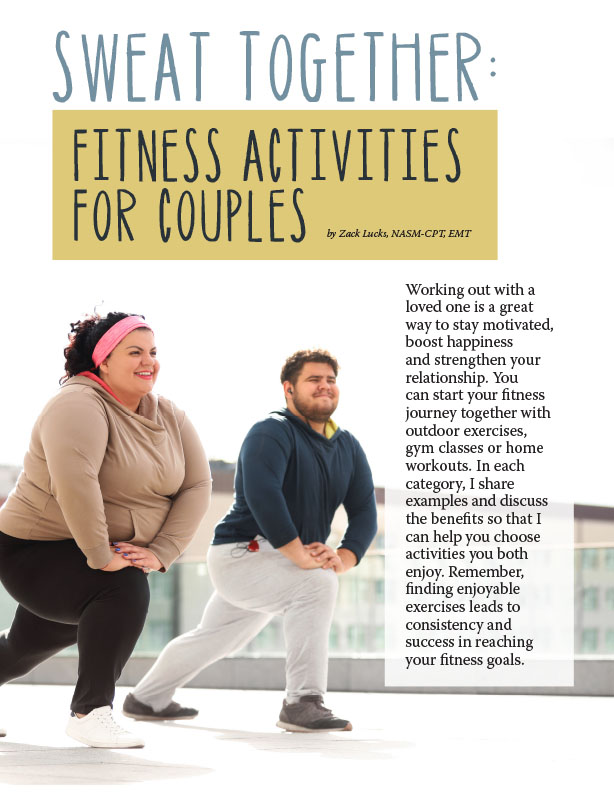Get Out, Be Active and Understand the Truth about Exercise for Weight-loss

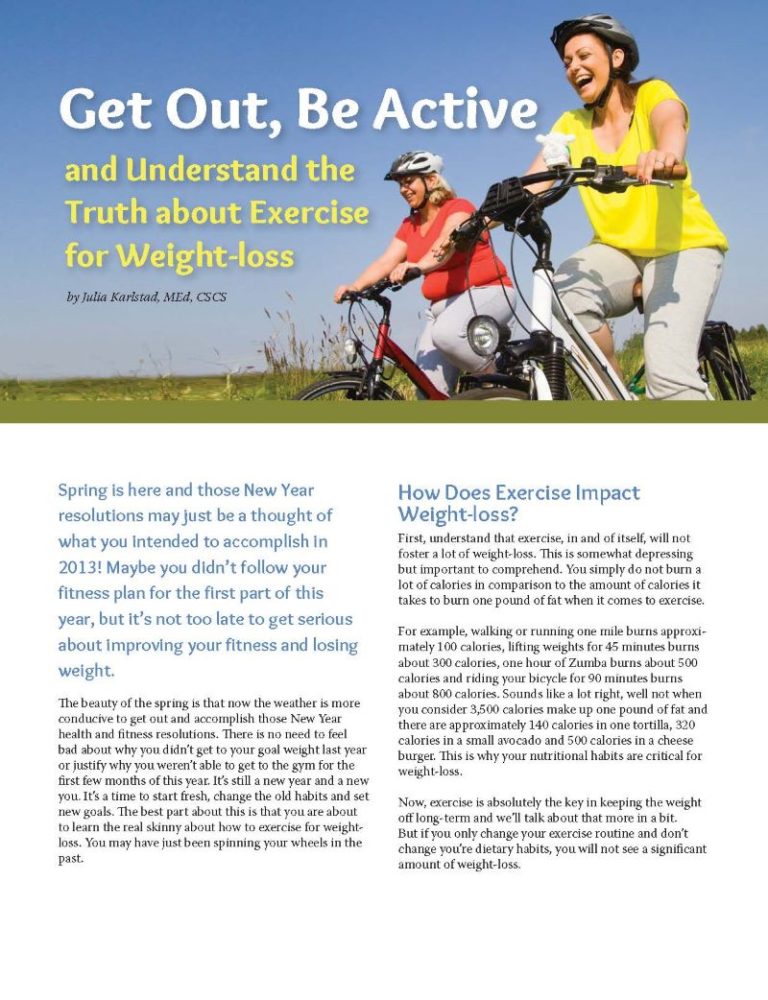
by Julia Karlstad, MEd, CSCS
Spring 2013
Spring is here and those New Year resolutions may just be a thought of what you intended to accomplish in 2013! Maybe you didn’t follow your fitness plan for the first part of this year, but it’s not too late to get serious about improving your fitness and losing weight.
The beauty of the spring is that now the weather is more conducive to get out and accomplish those New Year health and fitness resolutions. There is no need to feel bad about why you didn’t get to your goal weight last year or justify why you weren’t able to get to the gym for the first few months of this year. It’s still a new year and a new you. It’s a time to start fresh, change the old habits and set new goals. The best part about this is that you are about to learn the real skinny about how to exercise for weight-loss. You may have just been spinning your wheels in the past.
How Does Exercise Impact Weight-loss?
First, understand that exercise, in and of itself, will not foster a lot of weight-loss. This is somewhat depressing but important to comprehend. You simply do not burn a lot of calories in comparison to the amount of calories it takes to burn one pound of fat when it comes to exercise.
For example, walking or running one mile burns approximately 100 calories, lifting weights for 45 minutes burns about 300 calories, one hour of Zumba burns about 500 calories and riding your bicycle for 90 minutes burns about 800 calories. Sounds like a lot right, well not when you consider 3,500 calories make up one pound of fat and there are approximately 140 calories in one tortilla, 320 calories in a small avocado and 500 calories in a cheese burger. This is why your nutritional habits are critical for weight-loss.
Now, exercise is absolutely the key in keeping the weight off long-term and we’ll talk about that more in a bit. But if you only change your exercise routine and don’t change you’re dietary habits, you will not see a significant amount of weight-loss.
Exercise Equals Insurance
As I mentioned previously, exercise is a vital component to long-term sustainable weight-loss. In fact, I always tell my clients, “Exercise is your ‘insurance’ for long-term weight-loss, and it’s not free so you’ll have to put in the time and effort to reap the benefits!” Align your fitness regimen so that it in includes cardio and strength in order to maximize weight-loss.
Cardio
For your cardio routine, be sure to incorporate different intensities throughout the week. This method of training forces your body to become more efficient at burning fat calories for fuel at various intensities.
For example, if you do three cardio sessions throughout the week, one workout may be longer duration and low- intensity (45-60 minutes at a low heart rate), a second may be short duration high-intensity (15-30 minutes at a high heart rate) and a third maybe be intervals for moderate intensity (40 minutes of low and high heart rates; walk 3 minutes and jog 2). Your body will react to the way you train, and the key is getting your body to be more efficient at burning fat fuel at various heart rates. This being said, I recommend everyone invest in a heart rate monitor to ensure you’re training at different intensities.
Strength Training
Strength training is very important for sustainable weight-loss because it takes more energy to maintain lean muscle versus fat mass. The focus of your strength training should be to maintain the lean muscle through the weight-loss phase and then body-sculpt once you hit your goal weight. In order to do this, keep your sets and reps around 2-4 and 12-20 respectively and make sure you’re targeting all muscles groups for a total body strength routine (ideally, train each muscle group a minimum of two times per week).
I also recommend you circuit train, complex or superset your strength training exercises to increase the caloric burn. Circuit training means you do all of your strength training exercises with little to no rest between each set and then rest for one to two minutes before performing them all again. For complexing or supersetting, you take two exercises (often opposing muscle groups) and perform those two back-to-back with no rest. Then rest for about 30 seconds before starting the next set.
As you increase your fitness, another helpful tip is to incorporate one to five minute bouts of cardio exercise into your strength training routine to increase the total caloric burn for your workout (perform one total circuit and do five minutes of moderately intense cardio before starting your second set or cycle of exercises).
Here are a few tips to keep you on track from a nutritional standpoint:
1. Portion Control – Be aware of how many calories you are taking-in each meal.
2. Small Meals – Eat small meals more frequently throughout the day (four to six small meals and no single meal should have more than 500 calories).
3. Balance – Create a balance of good carbohydrates, healthy fat and lean protein.
4. Fruits and Vegetables – Eat a wide variety of non-starchy vegetables and fruits (spinach and apples).
5. Calorie Deficit – Create a daily calorie deficit (expend more calories than you take in).
Conclusion
So the real skinny for exercise and weight-loss is to:
#1 Always stay on top of your nutrition.
#2 Incorporate a wide variety of cardio intensities throughout the week.
#3 Incorporate total body strength routines to foster lean muscle mass.
Use these tools to help you meet and surpass your fitness and weight-loss goals for 2013, it’s never too late to get started!
About the Author:
Julia Karlstad, MEd, CSCS, is the founder and president of JKFITNESS, LLC and author of Rx Fitness for Weight-loss: The Medically Sound Solution to Get Fit and Save Your Life. Julia has worked in the fitness industry and specifically the medical wellness community for several years. Previously, Julia developed and directed an exercise physiology program for two bariatric hospitals and three medically supervised weight-loss clinics. She currently authors a bi-monthly column in the Walk from Obesity e-newsletter. For more information on Julia, please visit juliakarlstad.com or jk-fit.com.
by Sarah Muntel, RD Spring 2024 Spring has sprung, bringing sunnier and warmer days! For many, this…
Read Articleby Yelena Kibasova Spring 2024 The fitness world is evolving, with new trends and innovations that promise…
Read Articleby Zack Lucks, NASM-CPT, EMT Winter 2024 Working out with a loved one is a great way…
Read Article




